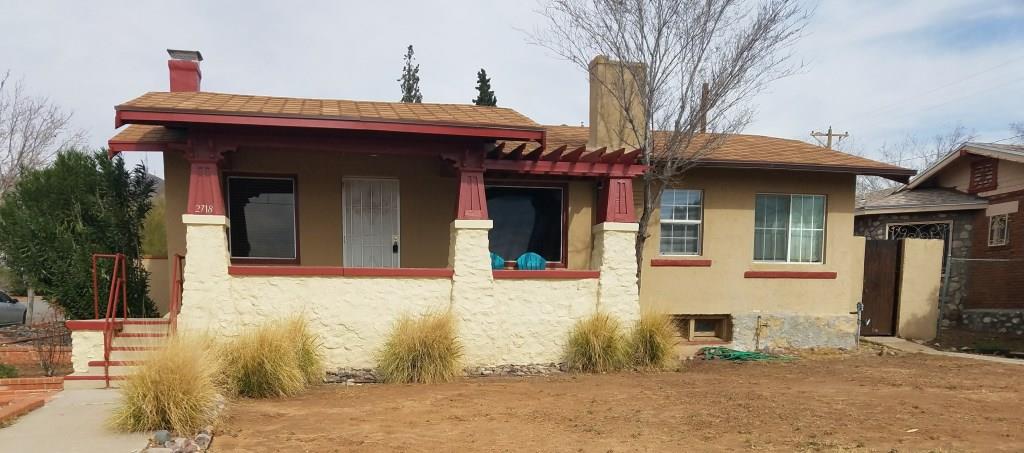Now that I've spent time being with the story, I'm hearing reverberations of it in most everything I read. For instance,...
"This is the practice of dying to the self."
--Charlotte Joko Beck
●
GUTEI’S ONE FINGERED ZEN
Gutei raised his finger whenever he was asked a question about Zen. A boy attendant began to imitate him in this way. When anyone asked the boy what his master had preached about, the boy would raise his finger.
Gutei heard about the boy's mischief. He seized him and cut off his finger. The boy cried and ran away. Gutei called and stopped him. When the boy turned his head to Gutei, Gutei raised up his own finger. In that instant the boy was enlightened.
When Gutei was about to pass from this world he gathered his monks around him. "I attained my finger-Zen," he said, "from my teacher Tenryu, and in my whole life I could not exhaust it." Then he passed away.
●
[Oh, it's Monday morning. I'll paste a recent commentary from my teacher Harvey Daiho Hilbert Roshi, the founder of Clear Mind Zen. The commentary also rings with the understanding of Gutei's Finger. I recommend you follow Daiho's blog or write him directly and ask that he put you on his e-mailing list.]
Master Dogen taught that to study the Way is to study the self. This study is the act of burning away the construction we call self, allowing the pieces to fall away, and supporting what remains as that which was not born and that which will not die: our true nature. This is the universality of everything, the Great Breath, not one, not two, just this.
How do we “get there”? Simple, we get out of our own way. We realize we are already there, that there is no there, and that the desire to get there, the imagining of a there in the first place, is all part of the delusion.
We practice stillness. This is the practice of just coming and going, the practice of breathing in and breathing out, the practice of practice itself: zanmai o zanmai. The Samadhi that is the king of Samadhi.
Does raw land allow our plants to grow or do we need to till and otherwise care for the field? Do we need to weed and water? Do we need to fertilize? For our crop to be plentiful and strong, we need to do these things. Just so, Zen. We cannot expect to open the self to allow our True Nature to emerge without study. Right understanding requires a plow, hands, fertilizer, water, sun, and a willingness to set about the work itself.
●
Oh, not to forget, yes, we will be sitting this Tuesday night same time (7pm), same place (4425 Byron) doing the same old thing--sitting in the silence until the bell rings. Come join us.






